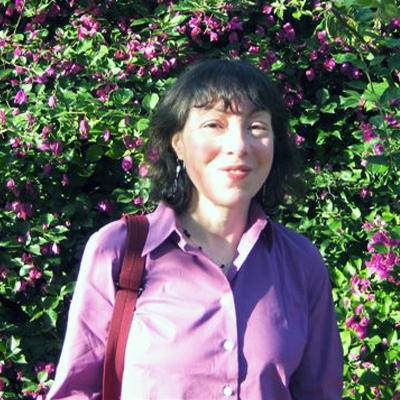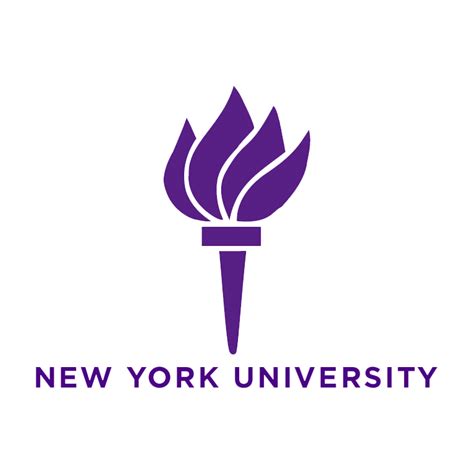Computational and mathematical modeling helps investigate how biological molecules function
Biological molecules, like DNA, RNA, and proteins fold in a choreographed dance to perform their intended functions. Therefore, scientists seek to understand the relationship between molecular structure and function in order to understand how DNA replication and repair, chromosome folding, or epigenetic regulation work, as well as to exploit this information to alter or enhance these processes for medical and technological purposes. Dr. Tamar Schlick, of New York University, uses computational and mathematical tools to investigate how large biological molecules work by simulating their structures and dynamics involved in regulatory cellular processes. Her research may therefore lead to the ability to improve DNA repair or DNA damage associated with human cancers, alter expression of genetic traits, or develop biomolecules like RNA aptamers as sensors for medical imaging or therapeutic targets. In short, by better understanding the dynamics of biomolecular systems, Dr. Schlick may provide the information necessary to design new or modified molecular entities to treat human disease or perform desired functions.
Dr. Schlick's team has multidisciplinary expertise with rigorous mathematical foundations and a strong knowledge of biological and chemical systems. The combination of high-performance and simulation expertise stimulates the development of innovative approaches to problems of intense biological importance from a fresh perspective. Much progress and innovation has already been made within Dr. Schilick's lab and their broad interests and knowledge are leading her and her team towards new, unexpected discoveries of connections and relationships for biological systems. The extent to which Dr. Schlick's contributions have already had a profound impact upon the community are also evidenced by the wide use of her textbook, Molecular Modeling and Simulation: An Interdisciplinary Guide, signifying her expertise in her field in addition to her ability to improve accessibility. In addition to her work within the laboratory, Dr. Schlick is an active mentor working with students ranging from high school to postdoctoral research associates. In addition, she started and continues to maintain the Women on Women (WoW) program at New York University which hosts events and helps women with their careers in the sciences and mathematics.
Current research investigates four biological processes which each have many practical biomedical and technological applications for the future:
-
DNA Repair and Replication: Dr. Schlick and her team are describing mechanisms of DNA polymerases and linking specific human cancers associated with misrepair of DNA damage to structure and dynamical events that can be therapeutically targeted.
-
RNA Folding and Design: Dr. Schlick and her team develop modeling and simulation algorithms that help predict the folding of RNA molecules and design RNA molecules of desired motifs and functions.
-
DNA Chromosomal Organization: Dr. Schlick and her team are deciphering chromosomal organization in eukaryotic cells to help explain transcription regulation and epigenetic modifications of the genome; their work also seeks to describe an atlas of the histone code on a structural level.
Bio
Tamar Schlick, professor of Chemistry, Mathematics, and Computer Science at New York University, is recognized for developing innovative mathematical and computational tools for biomolecular modeling and simulation and applying them to important biological problems including DNA polymerase mechanisms, chromatin folding, and RNA structure and function. While the methods include long-timestep integrators, mulit-variate minimization algorithms, and coarse grained models, the varied applications have led to atomic-level insights into fundamental regulatory processes involving DNA, RNA, and proteins. Professor Schlick received her Ph.D. in Applied Mathematics from the Courant Institute of Science and, after a postdoc fellowship at the Weizmann Institute working with a grand pioneer of molecular mechanics, the late Shneior Lifson, she joined the faculty of NYU.
Besides her research contributions described in approximately 195 journal articles, Schlick's textbook, Molecular Modeling: An Interdisciplinary Guide (Springer-Verlag), is used widely in modeling, computational chemistry and biophysics courses worldwide. The second edition appeared in August 2010. She also has edited several books, including the recent two-volume book published by the Royal Society of Chemistry in 2012: Innovations in Biomolecular Modeling and Simulation, Royal Society of Chemistry. Her commitments to education have led to establishment of a new interdisciplinary Ph.D. Program at NYU in Computational Biology, a program she envisioned and directed during the initial years with support of a five-year NSF IGERT (Integrative Graduate Education and Research Training) award.
Schlick has been active in many editorial boards and advisory committees in mathematics, computational biology and chemistry; she organizes many workshops, conferences, and new programs, especially to enhance and broaden graduate education. She has trained many postdoctoral fellows and research students, as well as several dozen undergraduate and high school students, many of them women and minorities. Many of these students have continued to graduate schools, medical schools, and other lucrative industrial and academic positions. At NYU, Schlick has also founded a group to support young women in science called WOW, which offers many academic, professional, and social activities to help retain and support women in science. Among Schlick's honors are Fellow of SIAM, Biophysical Society, APS and AAAS; John Simon Guggenheim Foundation Fellow; Alfred P. Sloan Research Fellow; Howard Hughes Medical Institute Associate Investigator; and NSF Presidential Young Investigator.
In her free time, aside from research, Dr. Schlick is a prolific reader and a theater buff. She is also an avid yogi and swimmer who continues to swim 2000 meters each day.
Website: http://www.biomath.nyu.edu/
In the News
Nature
Publications
Awards
Research Fellow, 1993
Alfred P. Sloan Foundation
Associate Investigator, 1994
Howard Hughes Medical Institute
Fellow, 2000
John Simon Guggenheim Memorial Foundation
Fellow of the American Association for the Advancement of Science, Society of Industrial and Applied Mathematics since 2004
Biophysical Society and American Physical Society


